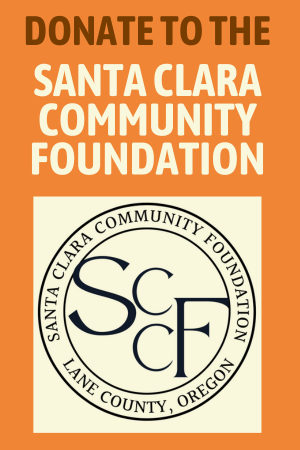This is a suggested SCCO board policy to establish a “formal” email voting protocol, Please discuss in comments below. This is for motions that do not require extensive discussion or are time-critical.
I. Making the Motion.
- SUBJECT: All email requests for a votable proposal should start with “SCCO Board Motion Request,” this may be followed with “Urgent” but only if truly so. A brief title of the motion being called in the subject may also help the reader. [Please do not alter the subject for the duration of the motion so email threads remain complete.]
- BODY HEAD: please state, in full, the motion being proposed, include the full name of the” mover” (“I, [name], move that…”)!
- DATE CERTAIN: Given that the motion is seconded, final voting is required to be completed by this date.
Noting else is required but, - BODY ADDITIONAL CONTENT: If the request is marked urgent, explain why in as few words as practicable (date sensitive, time critical, deadline pending, etc.)
- OPTIONAL: Discussion detailing the proposal, if warranted or needed. Hopefully the stated motion is self-contained.
- ATTACHMENTS: supporting documents if applicable.
II. Entertaining the Motion.
- Wait for the move to be seconded.
- If a second is not forthcoming in a day or so, the proposer may advocate for a second among fellow board members.
- Once seconded, the motion is on the table for discussion.
- Amendments may be proposed, discussed and voted on. Make sure the word AMENDMENT is included at the top of the message body. Include the full motion and the amended language or changes being proposed.
III. Calling the Question
- Once the motion (including amendments) is finalized the vote is in play.
- BODY HEAD: Make sure the words “SCCO BOARD VOTE,” are at the top of the message body.
- A majority of board members must vote within 14 days, or by the given date certain deadline, otherwise the motion expires.
Discover more from Santa Clara Community Organization - Eugene
Subscribe to get the latest posts sent to your email.


Jerry M. sent me this item about email voting. This is for committees, but I really like the idea that a motion is automatically seconded unless vetoed by a board member (i.e., default unanimous consent to entertain the motion).
*****
Procedure for e-mail voting for standing committees
Faculty Senate By-Law VII. Committees
Item a. General Provision with Respect to Committees of the Faculty Senate Proposed Par. 5
In lieu of an in-person meeting, e-mail voting is permitted for standing committees on certain issues. E-mail voting should be used for issues that do not require extensive discussion (i.e, non- substantive matters), or in extraordinary circumstances requiring a time-critical vote. Any member of a standing committee may move to submit a matter for e-mail voting by emailing all members of the committee and the Secretary of the University Faculty. The motion for e-mail voting requires the unanimous consent of all standing committee members. Any member wishing to veto the e-mail voting motion must do so within seven calendar days from the date of the motion. If the motion to proceed with e-mail voting is accepted, an e-mail vote requires a special quorum. The issue under consideration is approved only if a majority of the total members of the standing committee vote in favor of the issue within fourteen calendar days of the original motion for e-mail voting. If the issue does not receive a majority vote within fourteen days, the motion expires.